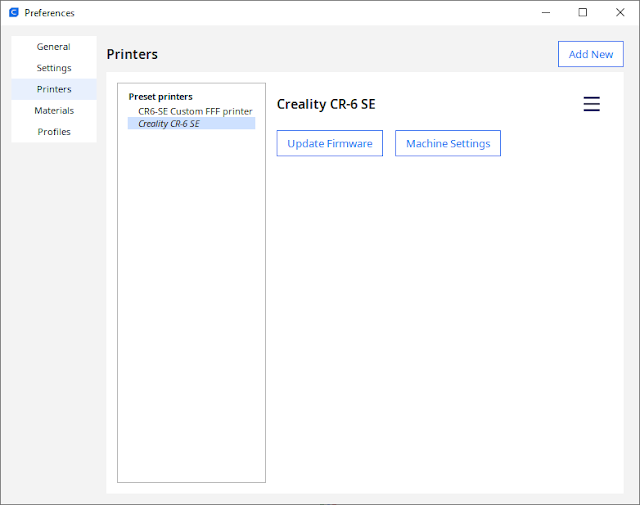If you are going to lunch a product or a service, the following tools may help you better understand the technical and financial requirements of your target customers. These tools are the best used for home products and appliances.
[1] Competitors website:
Visit competitors websites, see what products or services they offer, what are the variants of these products, see pictures and videos, download user manuals, ... etc.
[2] Google trends:
Google trends is a very powerful tool for understanding the target customers. Using
Google trends you can get trends by time, region, and much more. The following can be done but not limited to:
- Know which cities/states/countries are more interested in certain products or services.
- Which intervals of the year a certain product is in high demand.
- How product or service demand growed during the last years.
- What are the keywords the customers search for more.
- Which language the customer prefer to search for a certain product or service.
- Compare trends of multiple search items.
As a worked example, the chart and map below show a comparison between search trends for both
Jumia and
Souq during 2018 in
Egypt. Definitely, we can get out the following information:
- Both
Jumia and
Souq had high traffic in November because of Black Friday campaigns
-
Souq has always higher interest than
Jumia the whole year
- It seems that Jumia had started the Black Friday campaign a couple of days earlier than
Souq.
[3] Google play store:
For products that are linked to smart phone applications, you can get figures about number of downloads and user reviews from the play store.
[4] YouTube channels:
You can get better figures about your expected customers by reviewing number of subscriptions of relevant channels.
[5] YouTube commercials:
Check commercials of competitors on YouTube, see what are the features or services they offer, what are the features they emphasize on, .... etc
[6] YouTube reviews videos:
On YouTube, there are a lot of reviewers who review products technically, tell the advantages and disadvantages of the product in more sensible way.
YouTube comments:
Navigate through video comments, check the feedback of people, classify them to promoters and ditractors.
[7] Search on Amazon:
Search on Amazon for related products, check what are the available products, see their pictures, get average prices, and study and collect specifications.
[8] Amazon reviews:
Amazon reviews are trusted and pretty useful, but make sure not to give any false impressions based on few comments.
Search on Facebook with different keywords about the product, see pictures uploaded by users, and see what people say about it. Facebook is not searchable by Google, so try not to ignore Facebook search.
[10] Facebook page likes:
Check number of likes and followers of competitors Facebook pages.
[11] Facebook advertising:
You can use Facebook advertising filters to know the audience size of certain product or service very accurately based:
- Gender
- Geographic location
- Age
- Status keywords
- Liked pages
- Activity duration
[12] Facebook comments and emoticons:
Analyze customers response, read comments of people, get their impressions, check out their hash tags.
By using OLX you can understand the following:
- How much customers are looking for your product or service
- How much a certain product or service is sold
- Reselling of used products and the reasons behind reselling
- The relationship between customer class and product category
- The customer behavior of using products by analyzing picture data and advertisement details
- Product life span
- Product deterioration by analyzing the visual status of the product.
[14] Air bnb:
The same as OLX, using Air bnb can give better understanding for how a portion of your customers are using your products by analyzing pictures data.
































